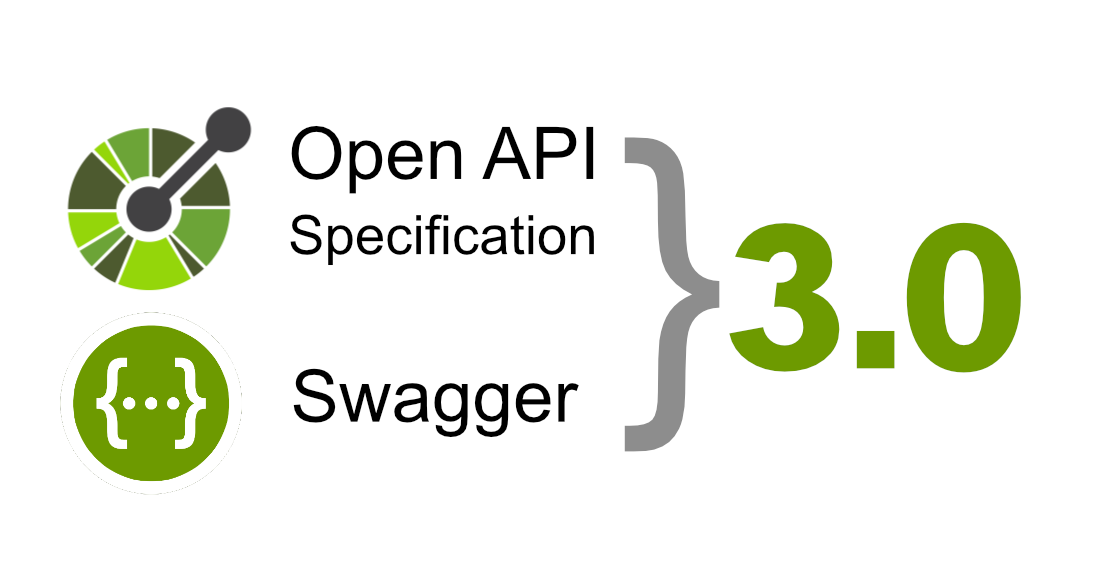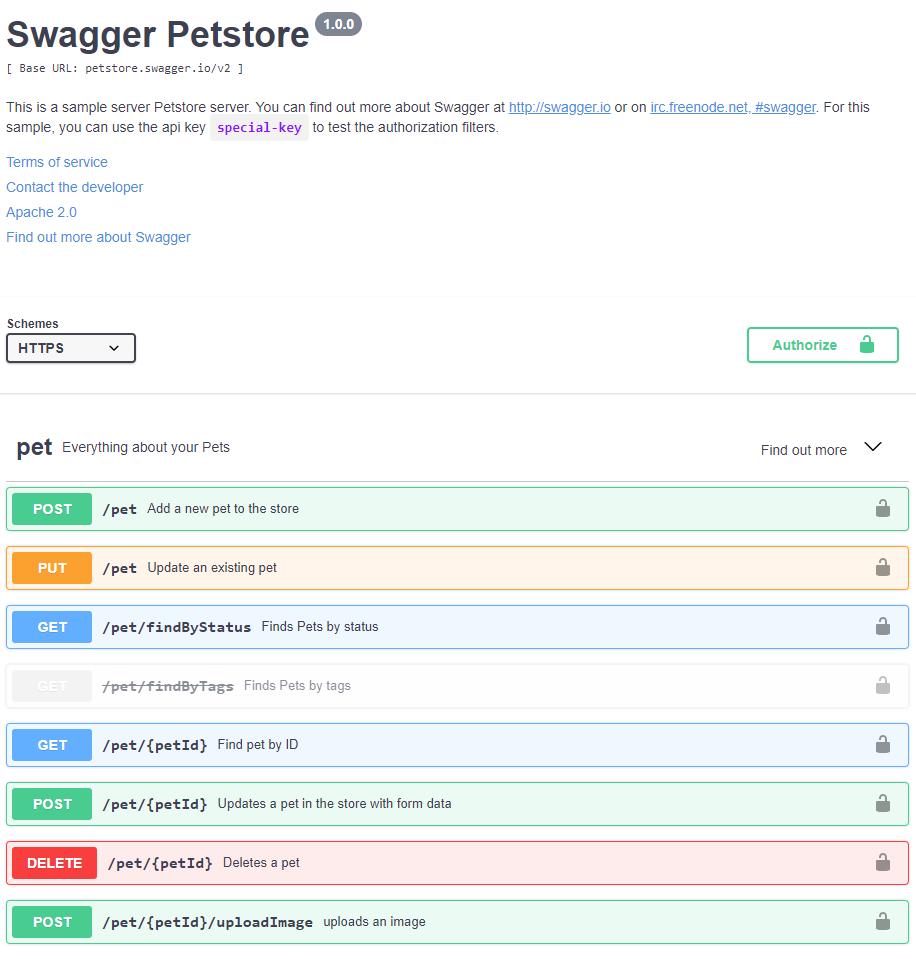Openapi 3.0 specification

Objective
Write an openapi 3.0 specification for Flask RESTful application.
Getting started
Flask RESTful application
The Flask RESTful application deals with course management system where students can execute CRUD operation to manage their courses. To successfully build the Flask RESTful application, please follow the blog, titled "FLASK AND MONGO" under RESTFUL API. The code can be downloaded from the following link. To check out the schemas and the path definitions, please click the links.
Openapi 3.0 specification
The OpenAPI Specification (OAS) defines a standard, language-agnostic interface to RESTful APIs which allows both humans and computers to discover and understand the capabilities of the service without access to source code, documentation, or through network traffic inspection. For more details, follow the link.
To write the openapi specification, you can use Swagger Editor or Visual Studio Code and Swagger UI. This article prefers to write the specification using VS Code and Swagger UI. The docker image of Swagger UI is downloaded from dockerhub.
File structure
flaskREST
|- app.py
|__swagger
|- openapi.yaml
|__database
|- db.py
|- models.py
Openapi definition
The basic structure of openapi specification 3.0.0 :
openapi: 3.0.0 REQUIRED
info: REQUIRED
title: REQUIRED
version: REQUIRED
description:
termsOfService:
contact:
license:
version:
servers:
- url: REQUIRED
description:
variables:
paths: REQUIRED
/<endpoint>:
get/post/put/delete/..:
tags:
summary:
description:
operationId:
externalDocs:
description:
url: REQUIRED
parameters:
name: REQUIRED
in: REQUIRED
required: REQUIRED
description:
deprecated:
allowEmptyValue:
.
.
responses: REQUIRED
<HTTP Status Code>:
description: REQUIRED
headers:
content:
<content-type>:
schema:
example:
examples:
encoding:
links:
deprecated:
security:
servers:
requestBody:
description:
contact: REQUIRED
<content-type>:
schema:
example:
examples:
encoding:
required:
callbacks:
# To reference a definition, "$ref" keyword is used and the definitions are under the compnents tag
components:
schemas:
responses:
parameters:
examples:
requestBody:
headers:
securitySchemes:
links:
callbacks:
To start both services
Flask Application:
FLASK_APP=app.py FLASK_ENV=developement flask run
Terminal output:
* Serving Flask app "app.py" (lazy loading)
* Environment: development
* Debug mode: on
* Running on http://127.0.0.1:5000/ (Press CTRL+C to quit)
* Restarting with stat
* Debugger is active!
* Debugger PIN: 188-695-452
Swagger UI:
docker run --name swaggerUI --rm -p 8080:8080 -e SWAGGER_JSON=/foo/openapi.yaml -v $PWD/swagger:/foo swaggerapi/swagger-ui
The application server is running on http://localhost:5000 and the Swagger UI is running on http://localhost:8080. An example of browser output looks like this:

Download code: Github